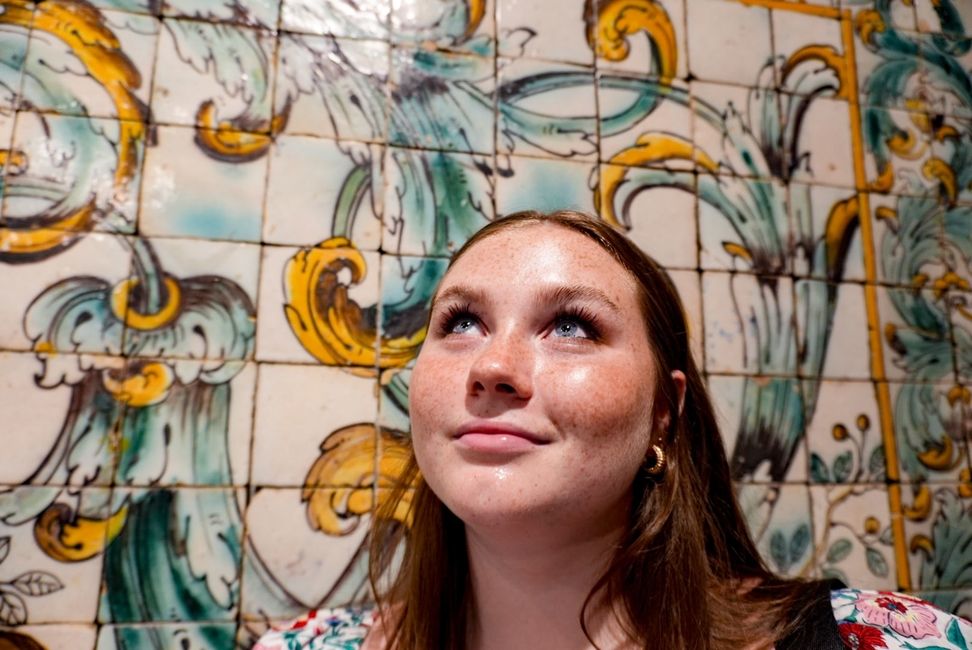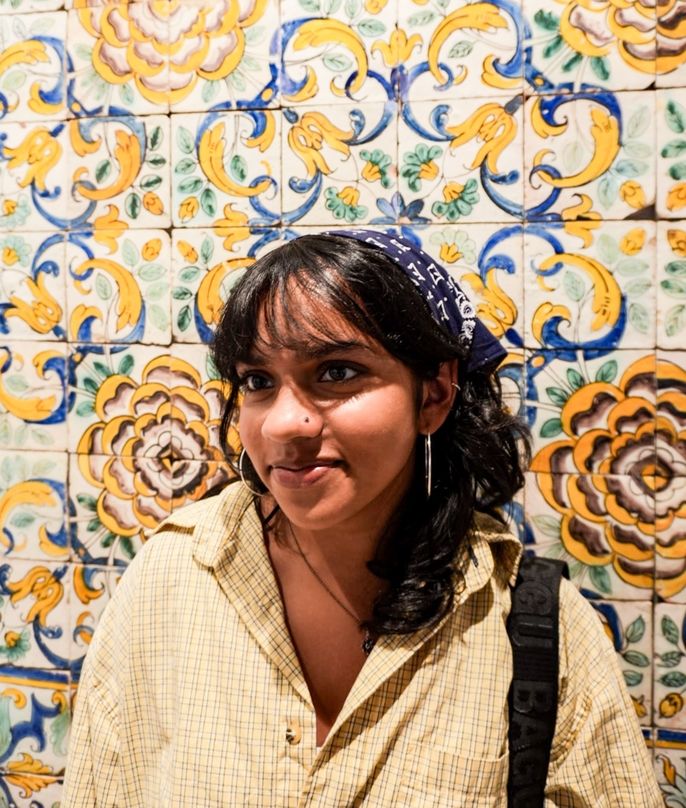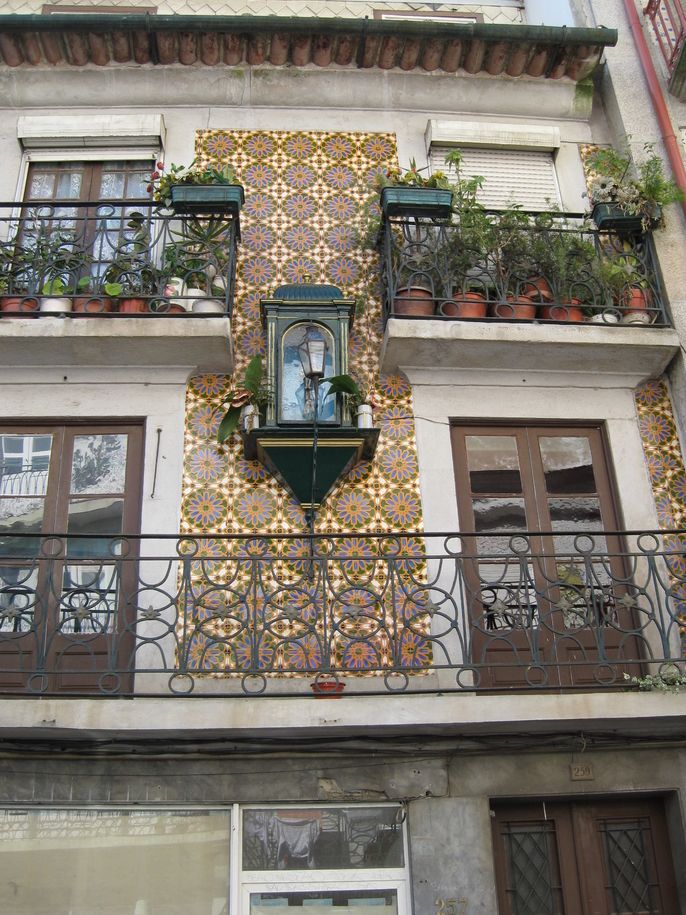Exploring the Portuguese Tile Tradition in Lisbon
When you visit Lisbon, one of the most captivating aspects is its tradition of Portuguese tiles – called azulejos. These stunning ceramic tiles adorn buildings, streets, and interiors throughout the city, showcasing a unique art form that captures the hearts of both locals and visitors!
A Brief History of Portuguese Tile
The word “azulejo” comes from the Arabic word “al-zillij,” meaning “polished stone.” This art form was introduced to Portugal by the Moors in the 13th century. Over the centuries, it evolved, incorporating influences from various cultures, including the Spanish, Italian, and Dutch. By the 16th century, these tiles had become a quintessential part of Portuguese architecture and design.
The Cultural Significance of Azulejos
Azulejos are more than just decorative elements; they are a reflection of Portugal’s history, culture, and identity. They tell stories of conquests, religious devotion, and everyday life. In Lisbon, azulejos are a testament to the city’s resilience and creativity, transforming ordinary spaces into works of art.
Where to See Portuguese Tile in Lisbon
- National Tile Museum & Tile Workshop
- Housed in the former Convent of Madre de Deus, this museum offers a comprehensive overview of the history and evolution of the Portuguese tile. During their semester in Lisbon, our Study Abroad students have the opportunity to go on a guided tour of the museum and take part in a tile painting workshop, where they experience the process of hand-painting the tiles. The photos showcase some of the designs our students created and then take home as memorable souvenirs of their time in Lisbon.
- Housed in the former Convent of Madre de Deus, this museum offers a comprehensive overview of the history and evolution of the Portuguese tile. During their semester in Lisbon, our Study Abroad students have the opportunity to go on a guided tour of the museum and take part in a tile painting workshop, where they experience the process of hand-painting the tiles. The photos showcase some of the designs our students created and then take home as memorable souvenirs of their time in Lisbon.
- São Vicente de Fora Monastery:
- This stunning monastery features some of the most exquisite examples of azulejo art. The intricate tile panels depict historical and religious scenes, offering a glimpse into Portugal’s past.
- This stunning monastery features some of the most exquisite examples of azulejo art. The intricate tile panels depict historical and religious scenes, offering a glimpse into Portugal’s past.
- Alfama District:
- As you wander through the narrow, winding streets of Alfama, you’ll encounter countless buildings adorned with colorful tiles. This historic neighborhood is a living gallery, where each tile tells a story.
- As you wander through the narrow, winding streets of Alfama, you’ll encounter countless buildings adorned with colorful tiles. This historic neighborhood is a living gallery, where each tile tells a story.
- Santa Luzia Viewpoint:
- Located in the Alfama district, this viewpoint offers breathtaking views of the city and the Tagus River. The walls are decorated with beautiful azulejo panels depicting Lisbon before the 1755 earthquake.
Exploring the Portuguese tile tradition in Lisbon is a journey through time and art. The city’s azulejos are a testament to its rich cultural heritage and artistic spirit. For study abroad students, this exploration offers a unique opportunity to immerse themselves in Lisbon’s history and culture. Whether you’re an art enthusiast, a history buff, or simply a curious traveler, Lisbon’s tiles will leave you enchanted and inspired.
Related Posts

Portugal vs. Spain Study Abroad: Which is Better?
Portugal and Spain are both incredible European destinations that offer an immersive study abroad experience. From their histories, cuisines, architecture, cultural events, and more, exploring Portugal or Spain will be... keep reading

Is The Architecture Speaking To Me?
By: Jordan Williams When I saw that my blog post was due, I was inspired by the possibility of a Black woman becoming a U.S. presidential candidate. Over fall break... keep reading

3 Lessons Learned from Studying Abroad
By: Josephine White #1: Do the Homestay, Seriously. When I say do a homestay, I mean it with every fiber of my being. Study abroad isn’t just about traveling and... keep reading






